Submitted by WA Contents
WAC's Top 10 Architecture Books Of 2023
United Kingdom Architecture News - Dec 11, 2023 - 10:07 14440 views

In our third round of annual review of 2023, we have picked up the best architecture books of 2023 published on WAC Books for our readers.
As an annual tradition of WAC, our selected books delve into various topics ranging from the recent developments in artificial intelligence, the cultural value and significance of sea pools to the post-war brutalist architecture of Paris, the innovative and holistic approach of Norman Foster and art history and machine learning.
American author and architectural critic Paul Goldberger's Why Architecture Matters (Why X Matters Series), Chris Romer-Lee's Sea Pools: 66 Salt Water Sanctuaries From Around The World, Robin Wilson, Blue Crow Media and Nigel Green's Brutalist Paris: Post-War Brutalist Architecture In Paris And Environs (Blue Crow Media Architecture Maps), American theorist Dana Cuff's Architectures Of Spatial Justice are among WAC's most captivating books of 2023.
See our extensive archive on WAC Books and pick your favourite book below to expand your bookshelf (in no particular order):

Image courtesy of Amazon
1. Why Architecture Matters (Why X Matters Series) by Paul Goldberger (Author)
Paul Goldberger looks at the emotional impact of architecture and discusses the current place of architecture today and produces a new discourse on the joy of experiencing architecture.
Published by Yale University Press, yhe 312-page book "addresses the current climate in architectural history and takes a more nuanced look at projects such as Thomas Jefferson’s academical village at the University of Virginia and figures including Philip Johnson, whose controversial status has been the topic of much recent discourse."
Read more and purchase the book on WAC Books.
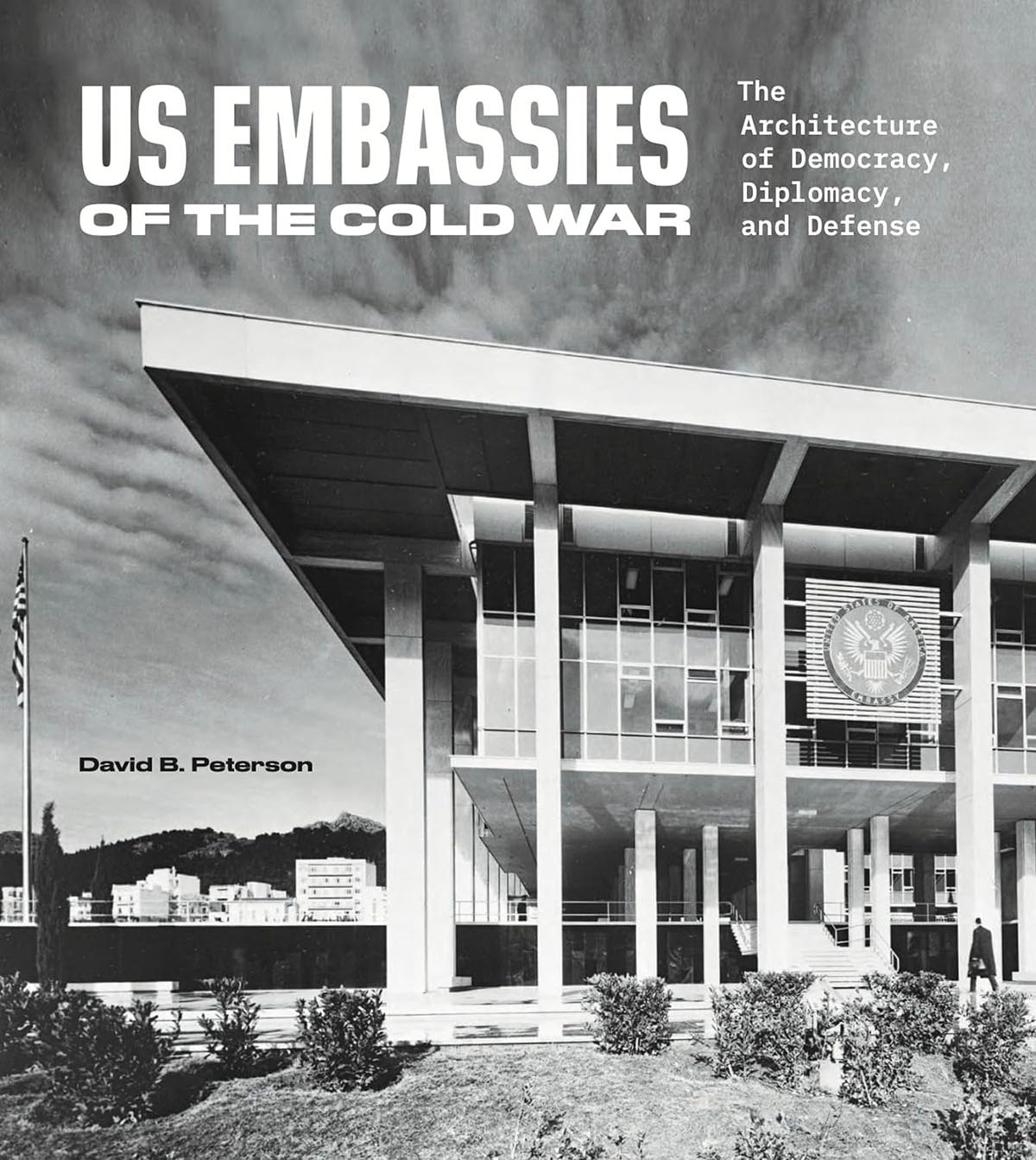
Image courtesy of Amazon
2. US Embassies Of The Cold War: The Architecture Of Democracy, Diplomacy And Defense by David B. Peterson (Author)
A photo-driven book by David B. Peterson features the 14 most significant midcentury modern American Embassies built during the Cold War.
The 171-page book, published by Onera Publishing, bears witness to one of the most dangerous periods of the global war between democracy and communism, with rich archive images that have not been published before. It reveals the surprising relationship between architecture and geopolitics in this period.
Read more and purchase the book on WAC Books.

Image courtesy of Amazon
3. Sea Pools: 66 Salt Water Sanctuaries From Around The World by Chris Romer-Lee (Author)
In this 192-page book, author Chris Romer-Lee, co-founder of the architecture practice Studio Octopi, examines the presence of sea pools and explores "the benefits of the sea at all states of the tide and weather."
Starting his book with the history of outdoor swimming, Romer-Lee peruses the designs and architectural significance of sea pools, and draw attention to the resurgent appreciation for sea swimming in the twenty-first century. Published by Batsford, the author seelcts 70 of the most beautiful and culturally significant sea pools from around the world, "including the 25-meter cliffside Avalon Rock Pool in new South Wales, Australia; the sublime Pozo de las Calcosas in Spain that is shrouded in volcanic rock; and Ireland’s historic Vico Baths."
Read more and purchase the book on WAC Books.

Image courtesy of Amazon
4. Architectures Of Spatial Justice by Dana Cuff (Author)
American theorist and Professor Dana Cuff explores the ethics of spatial justice, showing that "how architects are breaking with professional conventions to advance spatial justice and design more equitable buildings and cities."
Published by The MIT Press, the 304-page book intends to reestablish the ethics of spacial justice and discusses "why the discipline requires critical examination—in relation to not only buildings and the capital required to realize them but privilege, power, aesthetics, and sociality. The book states that "it requires a reevaluation of architecture’s fundamental tenets."
Read more and purchase the book on WAC Books.
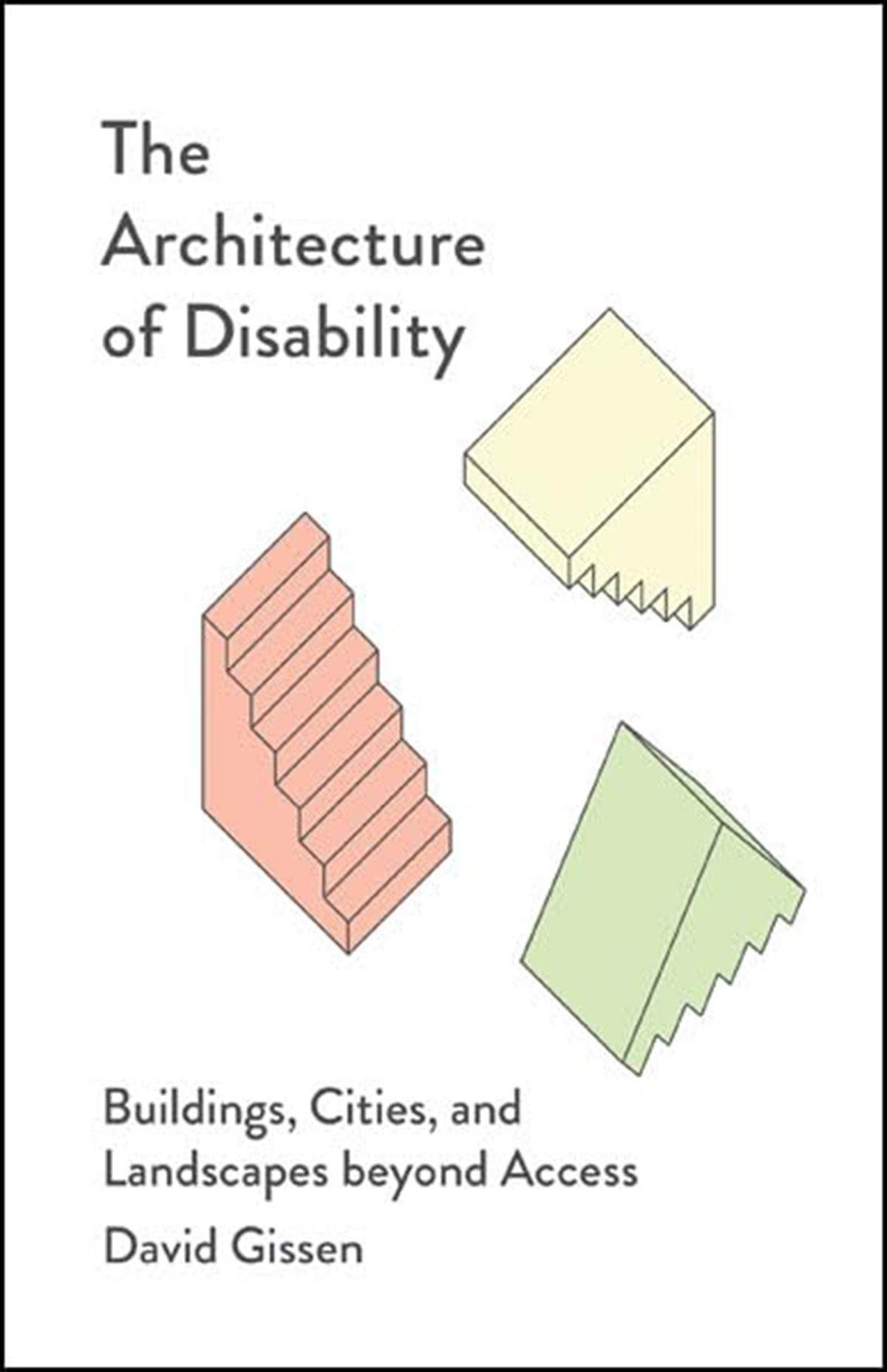
Image courtesy of Amazon
5. The Architecture Of Disability: Buildings, Cities, And Landscapes Beyond Access by David Gissen (Author)
The author David Gissen takes the disability notion in to the heart of architecture. Through Gissen's provocative proposal for "the construction of disability," this book helps us to fundamentally understand and reconsider "how we conceive of and experience disability in our world."
The 224-page book, published by University Of Minnesota Press, emphasizes the balance between architectural form and what the human body can do, and draws attention to the importance of disability in the history and practice of architecture. In this book, the author "examines various historic sites, landscape designs, and urban spaces, and he asserts that physical capacity is essential to the conception of all designed space."
Read more and purchase the book on WAC Books.
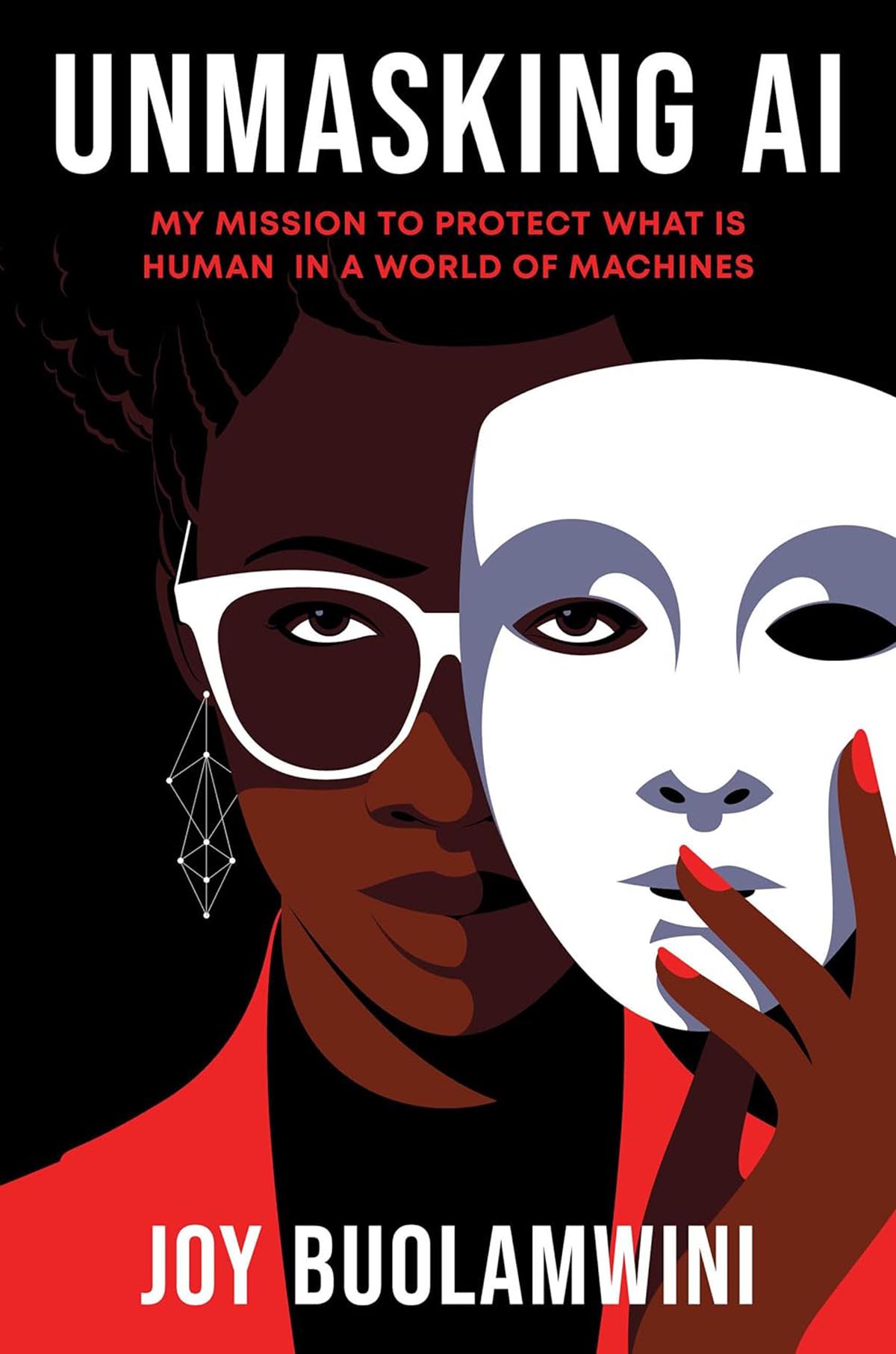
Image courtesy of Amazon
6. Unmasking AI: My Mission To Protect What Is Human In A World Of Machines by Joy Buolamwini (Author)
Ghanaian-American-Canadian computer scientist Joy Buolamwini discusses the potential and existential risks produced by artificial intelligence. Based on her research at MIT in 2015, the book discusses how tech giants around the world are exposing widespread racial and gender bias in their AI services.
In this 336-page book, published by Random House, the author emphasizes that racism, sexism, colorism and ableism can make humanity vulnerable through the "coded gaze" in both the technology and research industries.
Read more and purchase the book on WAC Books.

Image courtesy of Amazon
7. Brutalist Paris: Post-War Brutalist Architecture In Paris And Environs (Blue Crow Media Architecture Maps) by Robin Wilson (Author), Blue Crow Media (Editor), Nigel Green (Photographer)
Based on more than five years of research, the book is the first English-language book about Brutalist architecture in and around Paris to be thoroughly researched and written.
Published by Blue Crow Media, the 192-page book chronicles Paris' successes and failures in Brutalism, from monumental urban form architecture to intricately crafted living spaces. The book features interviews and photography conducted by Robin Wilson and Nigel Green of Photolanguage. "Brutalist Paris represents a substantial contribution to the study and exploration of Brutalist architecture."
Read more and purchase the book on WAC Books.

Image courtesy of Amazon
8. Norman Foster by Norman Foster (Illustrator), Philip Jodidio (Editor)
In this book, writer and editor Philip Jodidio explores Norman Foster innovative and holistic approach "which have made him one of the world’s most influential and well-known architects."
The book, published by Taschen America, provides a rare insight into the inner workings of Foster's creative practice, exploring the architect's personal approach to his work; his sources of inspiration, the connection between art and architecture, and the importance and correlation between his work and his passions. The first, presented as The XXL monograph, reveals a lifetime of achievement and originality in two volumes.
The first presents Foster's architectural œuvre and is filled with numerous unpublished images and sketches handpicked by Foster from his archives, paired with nearly 1000 illustrations. The second book contains eight essays he wrote explaining his sources of inspiration.
Read more and purchase the book on WAC Books.
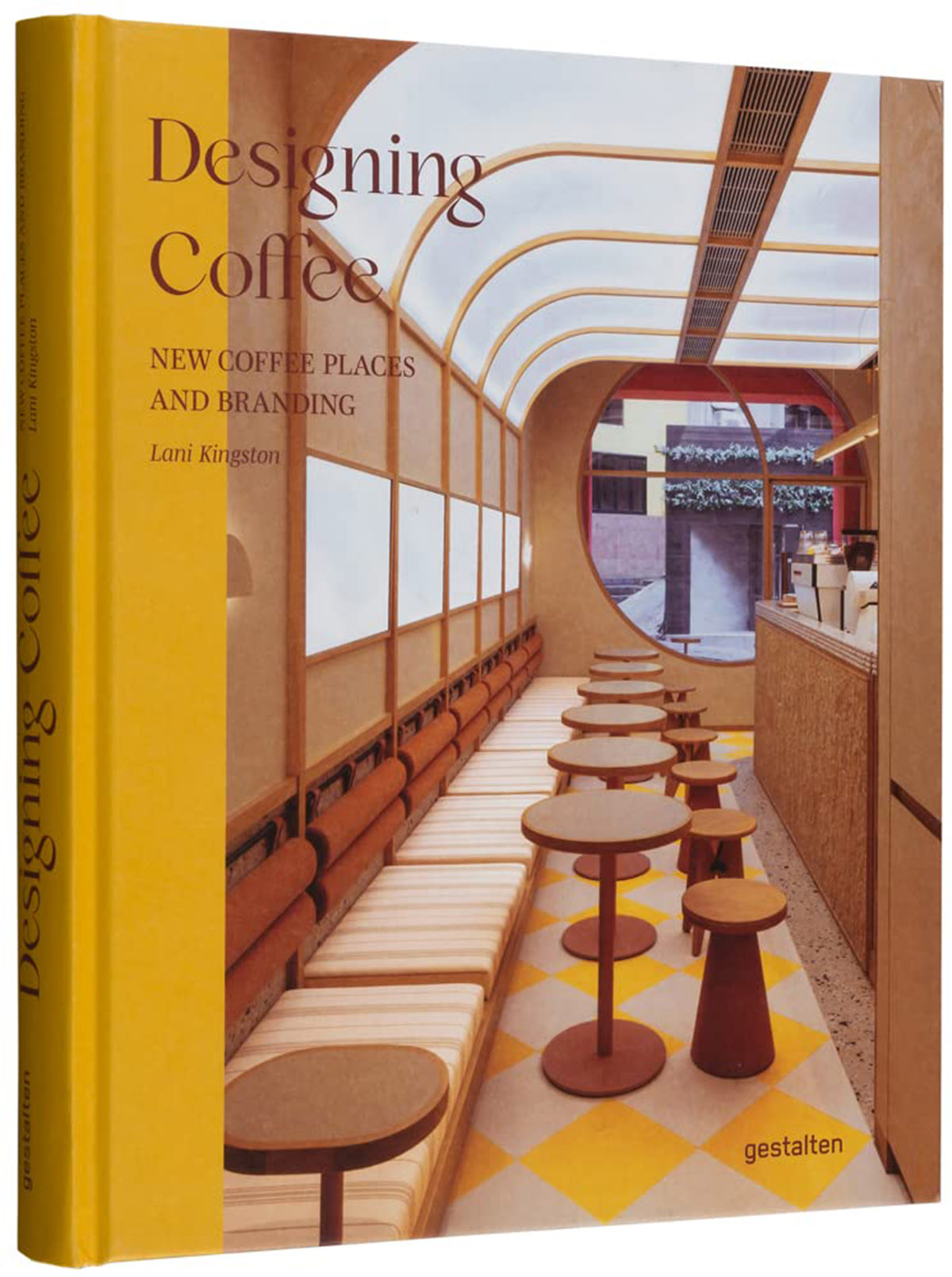
Image courtesy of Amazon
9. Designing Coffee: New Coffee Places And Branding by gestalten (Editor), Lani Kingston (Editor)
Publication house gestalten and author Lani Kingston write about what it takes to curate some of today's most innovative and eclectic coffee shops, from brand identity and packaging to interior design and architecture.
Highlighting unique venues such as the minimalist, teahouse-like coffeehouses of Japan or communist-themed cafes in Vietnam, the 256-page book offers advice for coffee lovers on how to create a unique space of their own.
Read more and purchase the book on WAC Books.
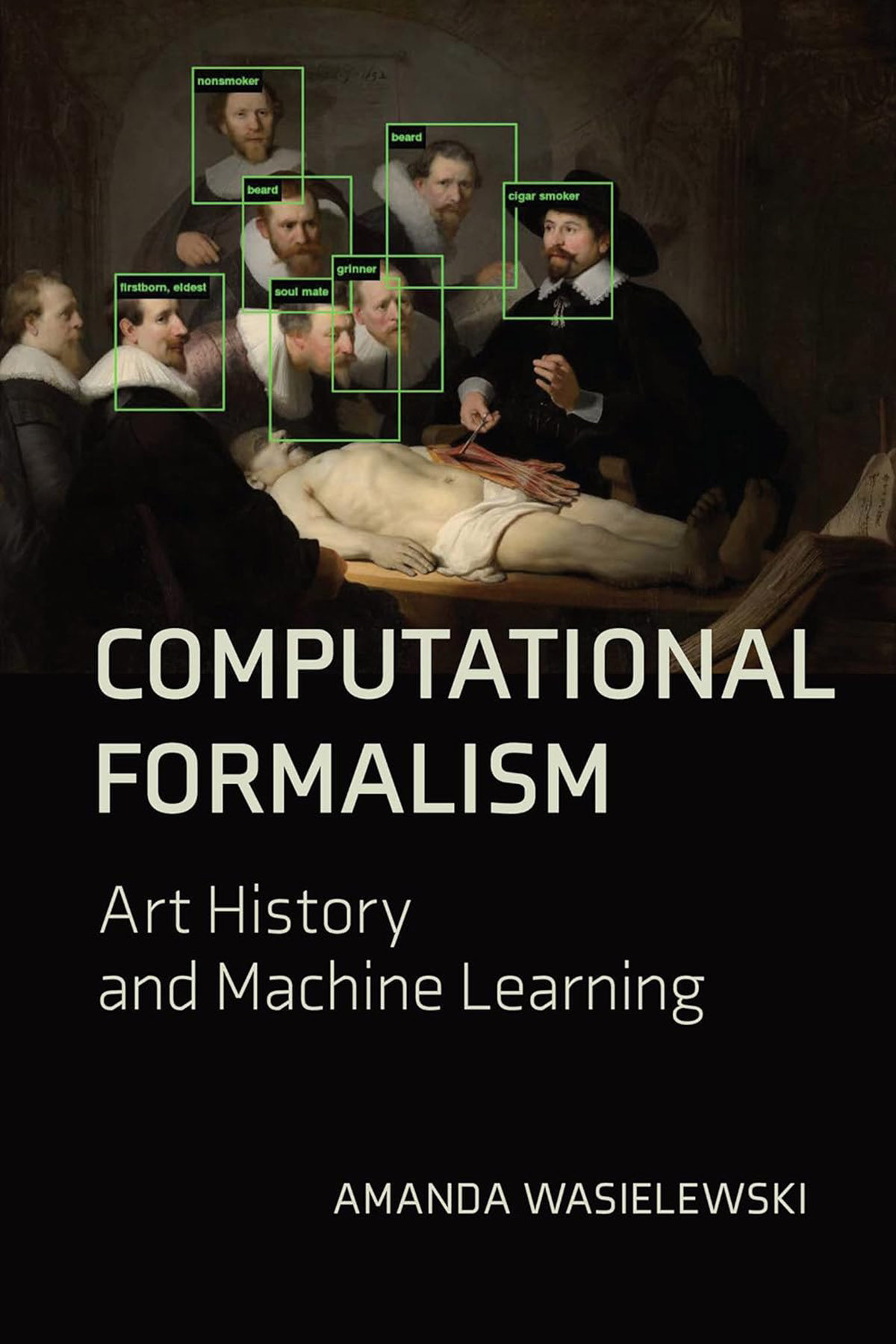
Image courtesy of Amazon
10. Computational Formalism: Art History And Machine Learning by Amanda Wasielewski (Author)
In our final book, we look at the relationship between art history and machine learning. In the 200-page book, by The MIT Press, author Amanda Wasielewski discusses how using machine learning to analyze art images is reinvigorating formalism in art history.
Wasielewski describes how art historians are now using machine learning methods to develop new ways of analyzing the purely visual in datasets of art images. Wasielewski, who uses the term "computational formalism" to describe this, explains that while art historians analyze art images with new methods, computer scientists use art images for machine learning and computer vision experiments.
